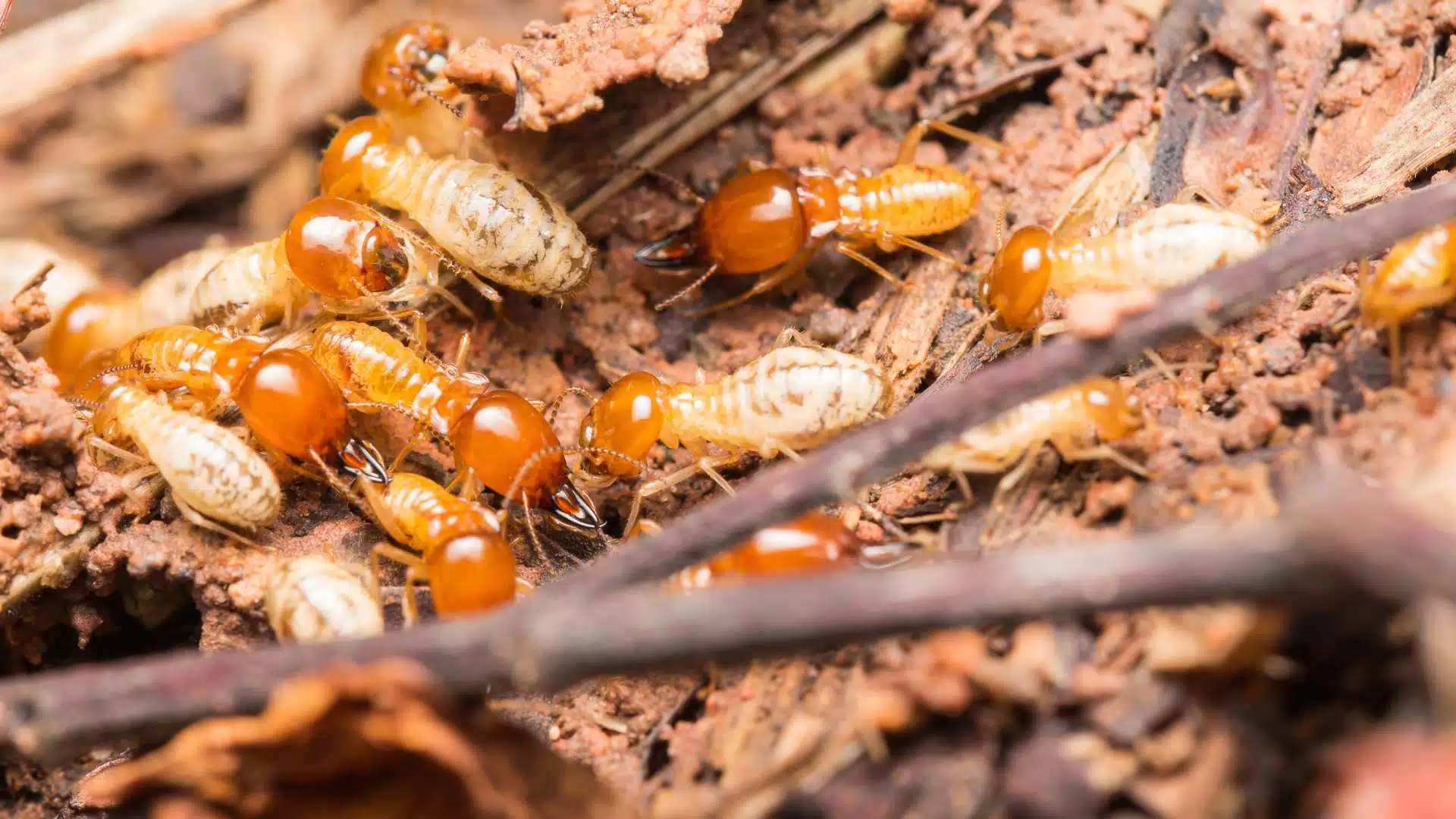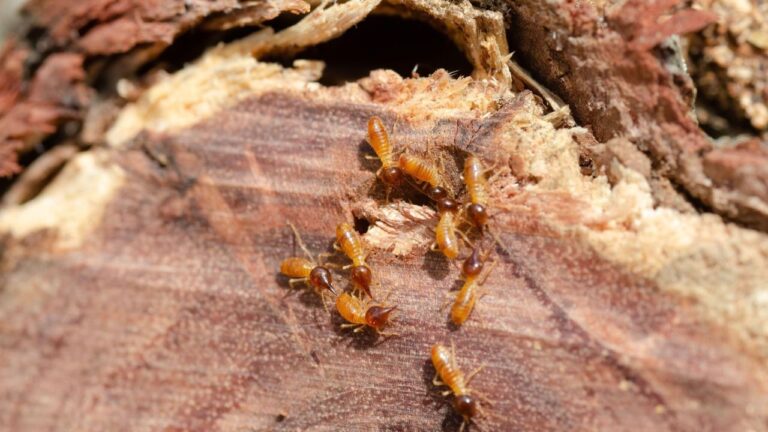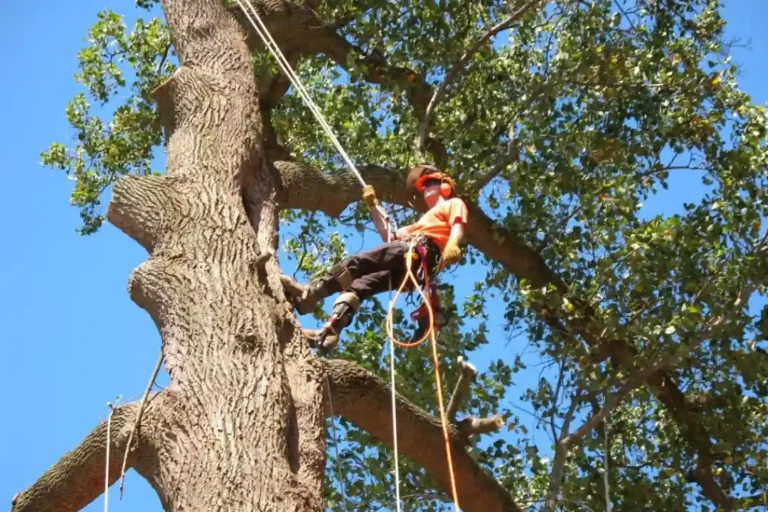Signs It’s Time to Call a Termite Specialist Sydney: Don’t Delay
Termites are often referred to as the “silent destroyers” due to their ability to chew through wood, flooring, and even wallpaper undetected. In Sydney, where the climate can be particularly conducive to termite activity, it’s crucial for homeowners to be vigilant. Recognising the signs of a termite infestation early can save significant time, money, and stress. This article will explore the key indicators that suggest it’s time to call a termite specialist in Sydney.
Understanding Termite Behaviour
Before delving into the signs of an infestation, it’s essential to understand how termites operate. Termites thrive in warm, humid environments and are often found in areas with abundant wood sources. They live in colonies, which can number in the thousands, making their presence even more concerning and need for sydney termite control even more necessary.
These pests primarily feed on cellulose, a component found in wood and plant matter. This diet means that any wooden structure, from beams to furniture, is at risk if termites are present. Being aware of their behaviour can help homeowners identify potential threats to their property.
Types of Termites Common in Sydney
In Sydney, the most common types of termites include the Eastern Subterranean Termite and the Drywood Termite. Each type has distinct behaviours and signs of infestation. Subterranean termites typically build their nests underground and can create mud tubes to travel between their nests and food sources. In contrast, Drywood termites often infest furniture and wooden structures without needing contact with the soil.
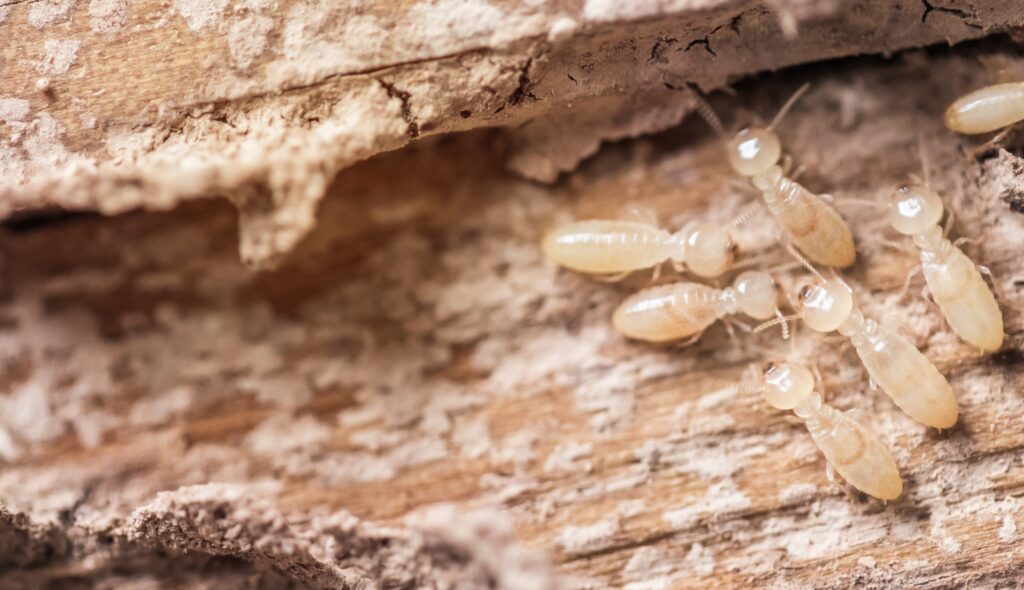
Signs of a Termite Infestation
Identifying a termite infestation early is vital. Homeowners should be aware of several tell-tale signs that indicate the presence of these destructive pests. Noticing these signs promptly can prevent extensive damage and costly repairs.
1. Mud Tubes
One of the most common indicators of a termite infestation is the presence of mud tubes. These tubes are typically found on walls, foundations, or along wooden structures. They serve as a protective pathway for termites to travel between their nest and food sources.
If you notice any mud tubes, it’s essential to contact a termite specialist immediately. These tubes are a clear sign that termites are active in your home, and swift action is necessary to mitigate damage.
2. Hollow Sounding Wood
Another sign of termites is the sound of hollow wood when tapped. Termites consume wood from the inside out, leaving a thin veneer of wood on the surface. If a wooden beam or piece of furniture sounds hollow when knocked, it may indicate that termites have been feeding on it.
To confirm this, inspect the wood for small holes or cracks, which may also be indicative of termite activity. If any such signs are present, it’s advisable to seek professional assistance.
3. Discarded Wings
During their reproductive phase, termites swarm and leave behind discarded wings. Finding these wings near windowsills, doors, or other entry points can signal that a termite colony is nearby.
Swarming typically occurs in the warmer months, so homeowners should be particularly vigilant during this time. If you notice a significant number of wings, it’s time to consult a termite specialist. Read more about the signs of a termite infestation at https://content.ces.ncsu.edu/termite-swarmers-what-do-they-mean-for-you
Other Warning Signs to Watch For
In addition to the more obvious signs of an infestation, there are several other indicators that may suggest the presence of termites. These signs can often be overlooked, but they are equally important to recognise.
1. Frass (Termite Droppings)
Frass is a term used to describe the droppings of termites. These droppings resemble small pellets and can often be found near infested wood. The presence of frass is a clear indication that termites are actively feeding and nesting in the area.
Homeowners should be on the lookout for these droppings, as they can help pinpoint the location of the infestation. If frass is discovered, immediate action is required to prevent further damage.
2. Cracked or Blistered Paint
Cracks or blisters in paint or wallpaper can also indicate a termite problem. As termites tunnel through wood, they can create moisture, leading to bubbling or peeling paint. If you notice these signs, it’s essential to investigate further.
While peeling paint can result from other issues, such as water damage, it’s crucial to rule out termite activity. Consulting a professional can help determine the cause and appropriate action.
3. Soft or Warped Wood
Wood that feels soft or appears warped may be a sign of termite damage. As termites feed on the wood, they weaken its structure, leading to a compromised integrity. If you suspect that any wooden structures in your home are affected, it’s best to have them examined by a termite specialist.
The Importance of Professional Inspections
While homeowners can look for signs of termite activity, professional inspections are essential for a thorough assessment. A trained termite specialist can identify hidden infestations and provide recommendations for treatment and prevention.
Why Regular Inspections Matter
Regular inspections are crucial for maintaining the integrity of your home. Even if no signs of termites are visible, a professional can identify potential risk factors and recommend preventative measures. This proactive approach can save homeowners from costly repairs down the line.
In Sydney, where termite activity is prevalent, scheduling annual inspections is a wise investment. These inspections can help catch infestations early, ensuring that any necessary treatments can be implemented before significant damage occurs.
Choosing the Right Termite Specialist
When selecting a termite specialist in Sydney, it’s essential to consider their qualifications and experience. Look for professionals who are licensed and insured, as this ensures that they adhere to industry standards and best practices.
Additionally, reading reviews and seeking recommendations from friends or family can help in finding a reputable specialist. A trustworthy professional will not only address current infestations but also provide guidance on preventative measures to protect your home in the future. Click here to learn more about controlling termite infestations.
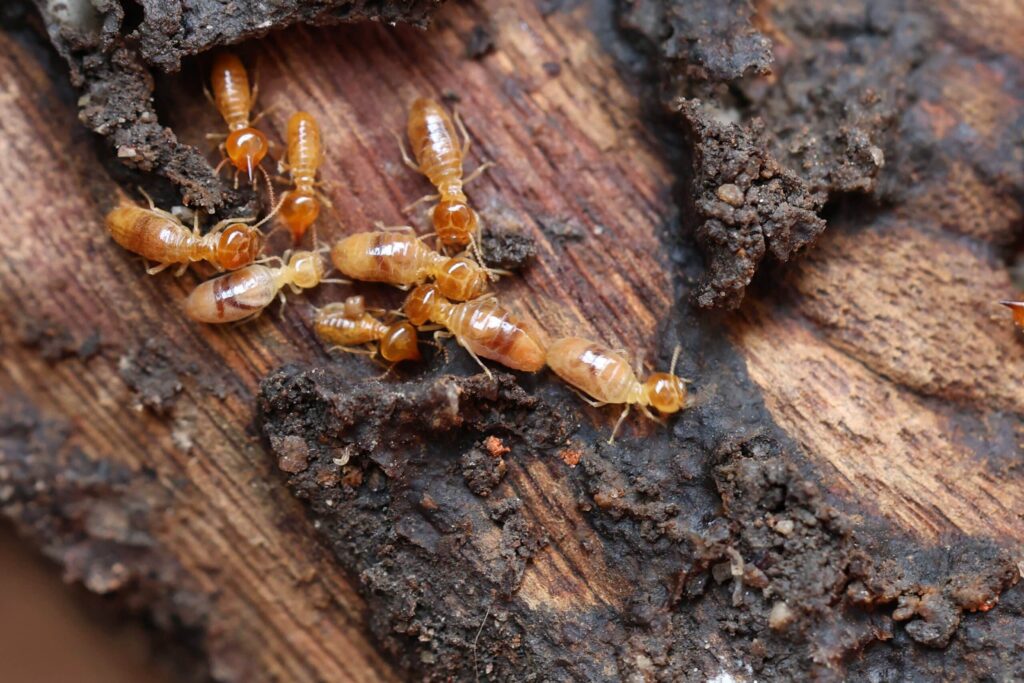
Preventing Future Infestations
Once a termite infestation has been dealt with, homeowners should take steps to prevent future occurrences. Implementing preventative measures can significantly reduce the risk of termites returning.
1. Maintain Proper Drainage
Ensuring proper drainage around the home is crucial in preventing termite infestations. Standing water can attract termites, so it’s essential to keep gutters clean and direct downspouts away from the foundation.
Additionally, landscaping should be designed to promote drainage rather than retain moisture. This proactive approach can help deter termites from making your home their next target.
2. Store Wood Properly
Wooden materials, such as firewood or building supplies, should be stored away from the home and elevated off the ground. This practice reduces the likelihood of termites accessing these materials and subsequently entering the home.
Regularly inspecting any stored wood for signs of termite activity is also advisable. By being vigilant, homeowners can catch potential infestations before they escalate.
3. Seal Entry Points
Sealing cracks and crevices around the home can help prevent termites from gaining entry. Pay attention to areas where pipes and wires enter the home, as these are common entry points for pests.
Using caulk or other sealants can effectively close these gaps, providing an additional layer of protection against termites.
Conclusion
Recognising the signs of a termite infestation is crucial for every homeowner in Sydney. From mud tubes to discarded wings, being aware of these indicators can help mitigate damage and protect your property. Regular inspections by a qualified termite specialist are essential in maintaining a termite-free home.
By implementing preventative measures and staying vigilant, homeowners can significantly reduce the risk of future infestations. Don’t delay in seeking professional help if you suspect a termite problem; taking action early can save both time and money in the long run.
Related : Pest and Termite Treatment: Combining Forces to Keep Your Home Safe

